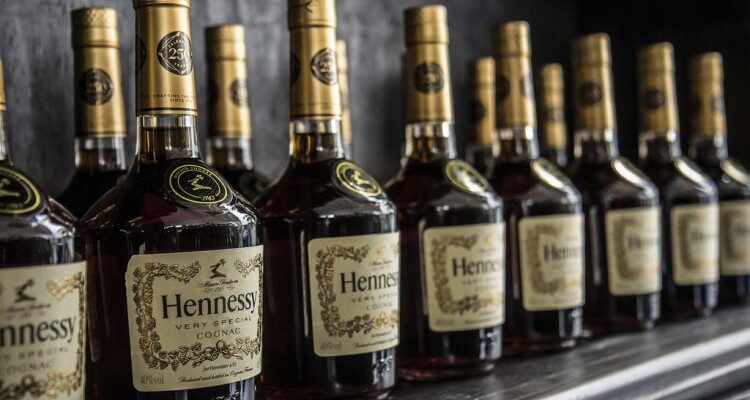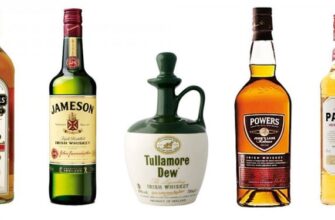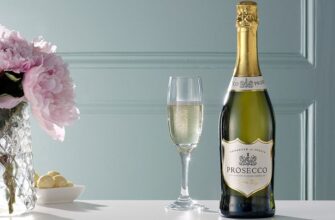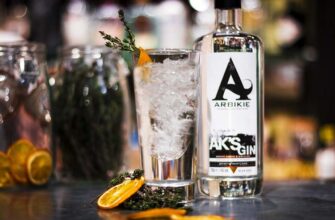Today we'll talk about how to choose a cognac. A wide range of alcoholic beverages leads inexperienced consumers to the idea that it is easy to get lost in this 'forest', and dangerous predators – forgeries – roam the paths of this 'forest'. Don't worry about the latter. Taking into account the close attention of the legislator to the alcoholic beverages market, it is very difficult for counterfeit goods, and often simply unprofitable, to break through to official points of sale. But there is another cause for concern – how to choose brandy in the ratio of 'price and quality'.
What, besides the stars and the price tag, should an inexperienced buyer be guided by? What helpful signals can you find on the label? How to identify unsatisfactory quality by the aroma and appearance of the drink? Let's figure it out.
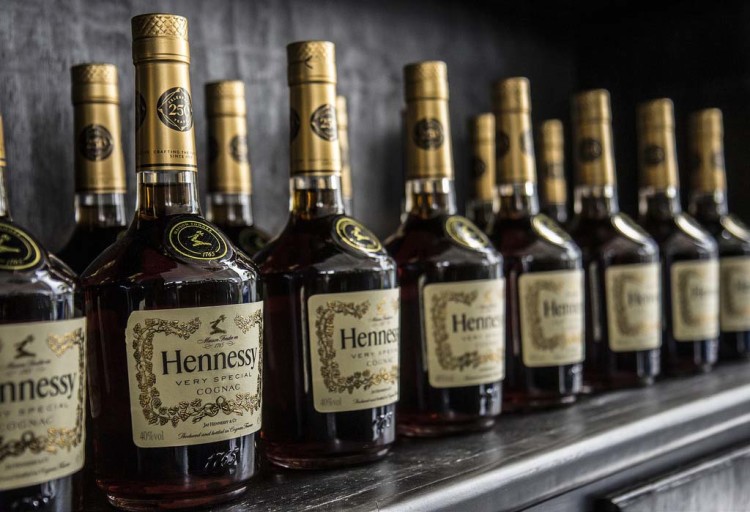 If the brandy is oily, thick, stringy – good, if liquid and watery – bad
If the brandy is oily, thick, stringy – good, if liquid and watery – bad
The history of the origin of grape brandy
There are several versions of the origin of this drink. There are legends on the Internet that only a drink produced in the French town of Cognac can be called cognac. All other cognac drinks are more correctly called grape brandy. This is not entirely true. According to the decision of the WTO, up to 2021, GOST 'Russian cognac' and 'Russian champagne' will be perfectly legal in Russia. Such bureaucracy is associated with the peculiarities of the legal protection of the name of the product.
Let's start with the romantic theory of origin, which will go well with friends over a glass of fragrant brandy. At the end of the 16th century, a Chevalier named Jacques de la Croix Maron lived in the provincial town of Cognac (French Cognac). The said monsieur was a devoted Protestant, a valiant man and a good winemaker. He was engaged in winemaking in the intervals between battles in which he took part.
 The history of brandy goes back to the technology of aging in a barrel
The history of brandy goes back to the technology of aging in a barrel
Once returning from the battlefield, he found his wife with another and in a fit of feelings killed both. Grief caused confusion in the mind and heart, revealing in dreams the devil, who threatened the murderer with a cauldron and eternal torment. The nightmare led Jacques de la Croix to overtake his young wine several times, resulting in a clear drink, which he poured into a high-quality oak barrel and donated to the nearest monastery. The offering was accepted by the worshipers, and the sin was forgiven. The monks forgot about the gift of Chevalier Maron for several years, and when they remembered and opened the barrel, they discovered a fragrant cognac.
Now a historical prose writer. In the late 16th century, France got involved in the Spanish Succession Wars. Winemakers, who previously traded actively with England and other countries, were forced to turn perishable wines into grape alcohol, which they corked in oak barrels. This crisis opened up a completely new drink to the world, which retained and even increased its taste during the long aging process. The principles of making grape brandy have not changed much since then.
Cognac bottle and label
Buy brandy exclusively from specialized stores. It is difficult for counterfeits to penetrate into alcohol stores, this is due to the EGAIS – an automated control system that allows responsible services to track any movement of alcohol from the manufacturer through the distributor to the consumer up to the bottle. All the necessary information about the manufacturer and the batch of alcohol can be found by reading the digital container code using a mobile gadget. Homemade brands are not recommended for use as a beverage.
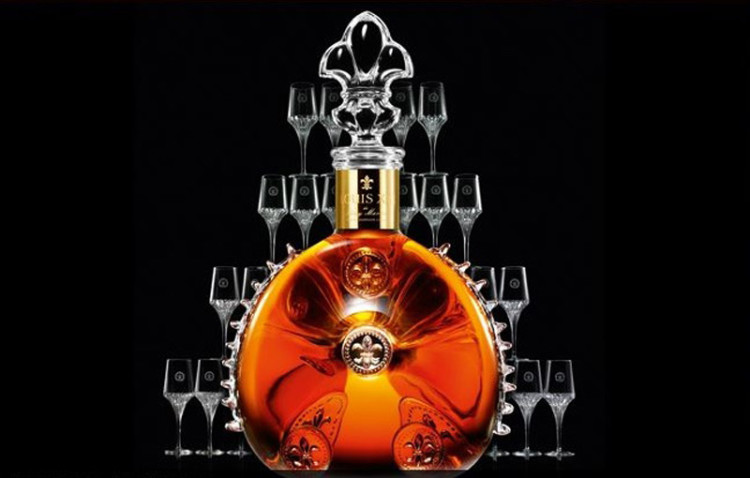 The complex shape of the container and the unique label are not only a marketing ploy, but also protection against counterfeiting
The complex shape of the container and the unique label are not only a marketing ploy, but also protection against counterfeiting
A person is often judged by their dress, and with grape brandy the same thing. Only in our case, the buyer does not need to be led to a beautiful and expensive, in his opinion, bottle and packaging. Many brands that have proven themselves well on the market release their products in rather austere packaging. But the complex architecture of the bottle, the abundance of geometric shapes and engravings are not only a distinctive feature of the manufacturer, but also additional protection against counterfeiting. At first glance, you should also pay attention to the label. It should be glued smoothly and neatly. The label paper itself should be slightly corrugated. It can feel and look like the material used to print banknotes. An even and high-quality label, as well as a unique container, is a good quality benchmark, it is almost impossible to copy them 100% without having factory conditions similar to the manufacturer.
The bottle must also have an excise stamp and a special barcode, by reading which with the help of a mobile gadget anyone can find out all the information about the origin of the drink. The label itself can and should be read, manufacturers place data on the origin and aging of the brandy, the date of bottling, as well as the exact composition of the product (blend), indicating all ingredients and alcohols. A good drink should not contain additional flavoring components indicated by the manufacturers with the letter 'E'.
The right cognac stopper
Good cognac, including domestic, should be tightly corked. Feel free to check how tightly the stopper closes the neck. Traditionally only cork bark lids are used to seal expensive brandies. For drinks with a lower aging, agglomerated or synthetic corks may be used.
 Agglomerated cork
Agglomerated cork  Synthetic cork
Synthetic cork 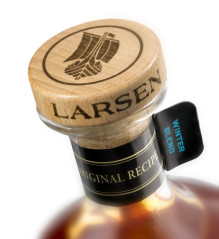 Cork
Cork
All modern manufacturers use combined T-shaped closures for their bottles. The lower part, located in the neck, is cork bark, pressed wood or synthetics. The top can be made of plastic, ceramic, glass or other materials. This kind of stopper allows consumers to easily open the bottle and close it tightly again. If the bottle is not tightly closed, and the cork goes in the neck and turns without effort, then you have low-quality alcohol or a fake.
Markers and landmarks on the label
The cognac aging is indicated directly on the label. The age of the drink is determined by the years of the youngest alcohol that is part of the blended brandy. This is an absolute rule for all cognacs, regardless of the country of origin.
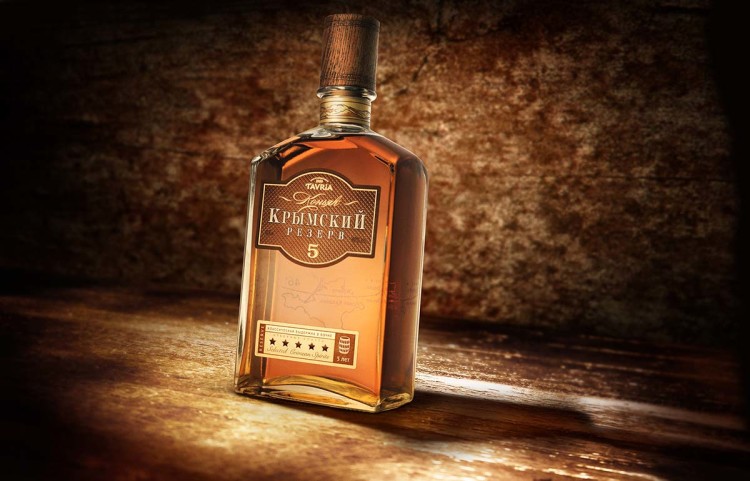 Stars on the label indicate exposure
Stars on the label indicate exposure
The stars are used to indicate the age of alcohol drinks produced in Armenia, Georgia and Russia:
- 3 stars – cognac spirits with an average age of at least 2 years.
- 4 stars – cognac spirits with an average age of at least 4 years.
- 5 stars – cognac spirits with an average age of at least 5 years.
Let's take a closer look at the designations adopted for branded drinks, as well as cognacs produced in France, and brandy produced using French technologies 'here'. In Armenia, Georgia, Russia and other post-Soviet countries, brandy is divided into:
- ordinary (marked with stars);
- collectible;
- vintage.
Collection drinks include alcohols aged 23 and over.
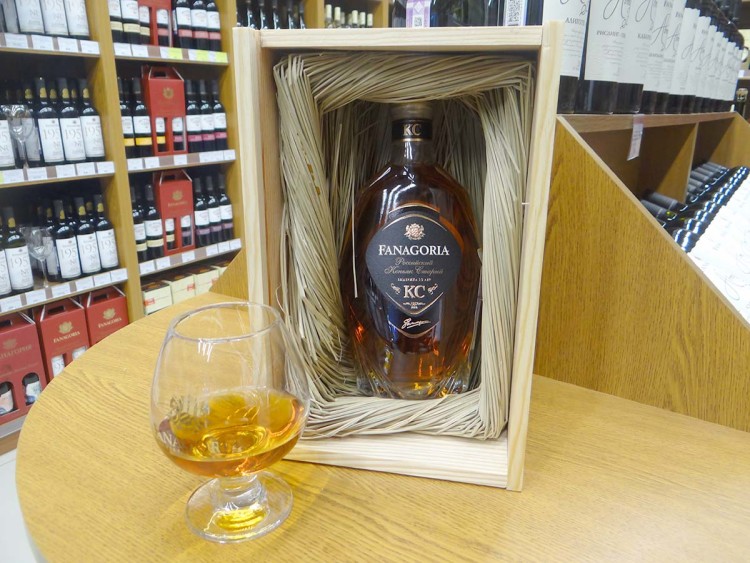 Alternative to the stars – Cyrillic markers KV, KVVK, KS, OS
Alternative to the stars – Cyrillic markers KV, KVVK, KS, OS
On branded brands, buyers may find the following markers:
- CV – from 6 years of exposure;
- KVVK – from 8 years of aging;
- KS – from 10 years of exposure;
- OS – from 20 years of exposure.
France is the undisputed trendsetter in the field of cognac craft; it was the French Maitredechai who introduced the international brandy classification, which is also used by domestic producers. For cognacs over 6 years old, European masters have not created a special designation, since the aging of such drinks cannot be determined during traditional tasting.
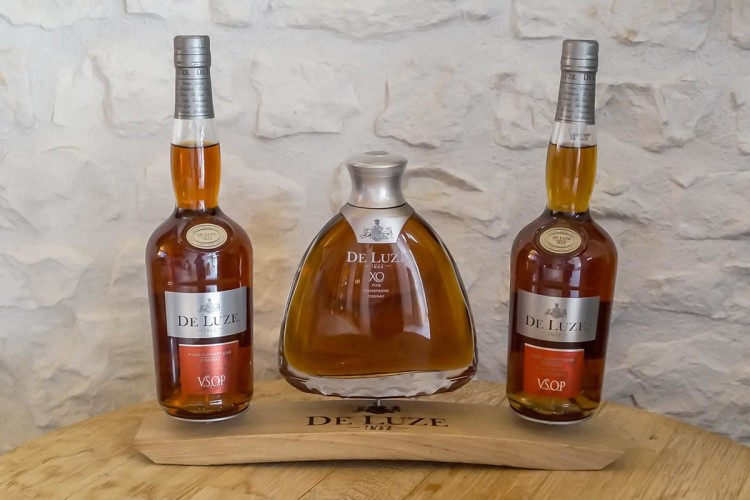 According to international tradition, brandy aging is displayed in Latin letters on the label
According to international tradition, brandy aging is displayed in Latin letters on the label
According to French standards, brandies can be classified into:
- VS – from 2 years of exposure;
- Superior – 3 year olds;
- VSOP – 4 years old;
- VVSOP – 5 years old;
- XO – from 6 years old.
In Russian alcohol stores, you can find cognacs with all of the above markings.
Drop, bubbles and scent
Anyone in the store can do the following experiment: take a brandy bottle and turn it upside down. After such manipulation, one large drop should break from the bottom to the neck, while small 'streams' may form on the walls of the container – a sign of good quality. If the bottle is almost filled to the top, the same experiment can be carried out, but the quality indicator in this case will be bubbles. After turning over, large bubbles should rush to the neck, followed by smaller ones to check the consistency of the brandy, its thickness and oiliness. Low-quality alcohol or fake is not viscous, very liquid, like tinted water.
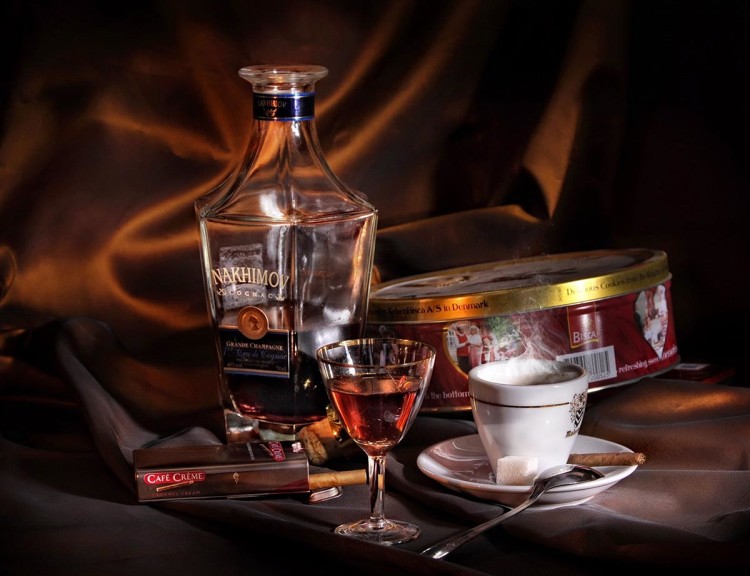 Cognac should have a complex aroma, including tones of barrel aging
Cognac should have a complex aroma, including tones of barrel aging
Aroma is an important quality indicator that you can check at home. Quality brandy is gradually revealed. After the drink rolls along the walls of the glass, slightly perceptible notes of an oak barrel should appear in the aroma, passing into a whole range of additional smells (fruit, tobacco, vanilla, chocolate, coffee, and others). Their number will depend on the degree of aging, as well as the characteristics of the barrel in which the drink was 'hardened'. The surrogate will not give a pronounced aroma, only the 'echo' of the aroma, which never opens, does not develop in the glass and quickly disappears.
Conclusion
To know how to choose a decent quality cognac, you need to work out for yourself several rules of a wise buyer. The first is to buy brandy only in specialized stores. Second, when buying, pay attention not only to the label and excise stamp, but also to the cork. Third, remember to turn the bottle over to check for bubbles or drops. Fourth, remember that the romantic story of brandy goes well in pleasant company.

